Ancient Astrology
Many of the monuments related to Ancient Astrology are still on Earth today. They illustrate the importance ancient civilizations placed on the movements of the sun, moon and planets. In recent years it has become evident that one of their main functions was to compute the yearly movements of the planets.
Astrology in the ancient civilizations - the pyramids of Egypt are still considered to be some of the most fascinating among ancient astronomical buildings.
These pyramids which were directed towards the north pole of the sky are considered to have served a dual purpose. They were used as both burial places for the pharaohs and as astrological calculators.
Ancient Astrology
Ancient Architecture and Astronomical Buildings
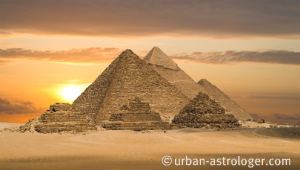
Astrological calculations were made using the sloping corridors leading from the interior as sighting tubes for observations of the heavenly bodies.
Some researchers have suggested that the Egyptians assigned particular importance to heavenly bodies and felt that each had a certain influence over the fate of those individuals born during a particular period of time.
The ancient Egyptians believed that a certain energies created 'Gateways to the Divine'. This was also reflected in the corresponding Sacred Geometry throughout the ages.
Others have stated that the Egyptians would have been unique within the history of ancient cultures if they had studied astronomy without applying it to their situation on Earth.
The extent to which astrology was used as a guide for daily life, for practical applications such as the appropriate time to plant crops, architecture and medicine still remains a mystery.
The Calendar of Favorable and Unfavorable days used by the subjects of an Egyptian pharaoh represent predictions that are thought to resemble astrological horoscopes. These visual representations extended to the sacred geometry of the Astrological Calendar and Lunar Cycles.
Two main calendars used by another ancient culture called the Maya were used to govern the planting of crops, daily rituals and other domestic matters. Every element of life is suggested to have been influenced by this interesting astrological system.
Ancient Mayan City In Mexico
An excellent example of ancient astrology can be found in the astronomical and astrological abilities of these historical people may be found at the Caracol observatory in an ancient Mayan city of Mexico. On the inside a spiral staircase may be found which leads up to a number of windows. Each of these correspond to the positions of the planets as they appeared to ancient observers at various times of the year.
Much of the past still remains a mystery because very little of the knowledge that these ancient cultures acquired was committed to writing. An element of secrecy was maintained regarding any knowledge of the universe.
Most of the information was transmitted orally from generation to generation to chosen individuals in order to maintain this secrecy. As a rule it was regarded as a privilege that was not shared with ordinary people.
These monuments illustrate a fascinating element of the achievements of ancient cultures.
Most Popular Astrology Resources
Best Places For You

Discover Your Power Places
Sacred Geometry of Ancient Cultures
Inspired by the sacred geometry and exotic motifs of ancient cultures... this Harmonic Resonance Technology activates a higher vitality and energy in the body, mind and spirit.
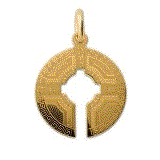 Sacred Geometry Design
Represents the Astrological Calendar and the Lunar Cycles
Sacred Geometry Design
Represents the Astrological Calendar and the Lunar Cycles
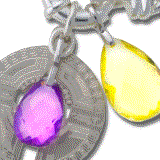 Harmonic Jewels
Activate and cleanse each chakra, the energy centres of the body.
Harmonic Jewels
Activate and cleanse each chakra, the energy centres of the body.
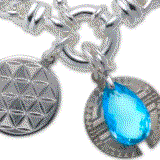 Energy Lineage
Fascinated by Ancient Egyptian Mysticism - these instruments were to hold a perfect matrix of universal energy.
Energy Lineage
Fascinated by Ancient Egyptian Mysticism - these instruments were to hold a perfect matrix of universal energy.
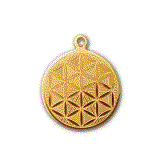 Divine Connection
Sacred geometric design known among many cultures around the world - both ancient and modern, as it is known to strengthen intuition and one's connection to the Divine. The 'Flower of Life'.
Divine Connection
Sacred geometric design known among many cultures around the world - both ancient and modern, as it is known to strengthen intuition and one's connection to the Divine. The 'Flower of Life'.






